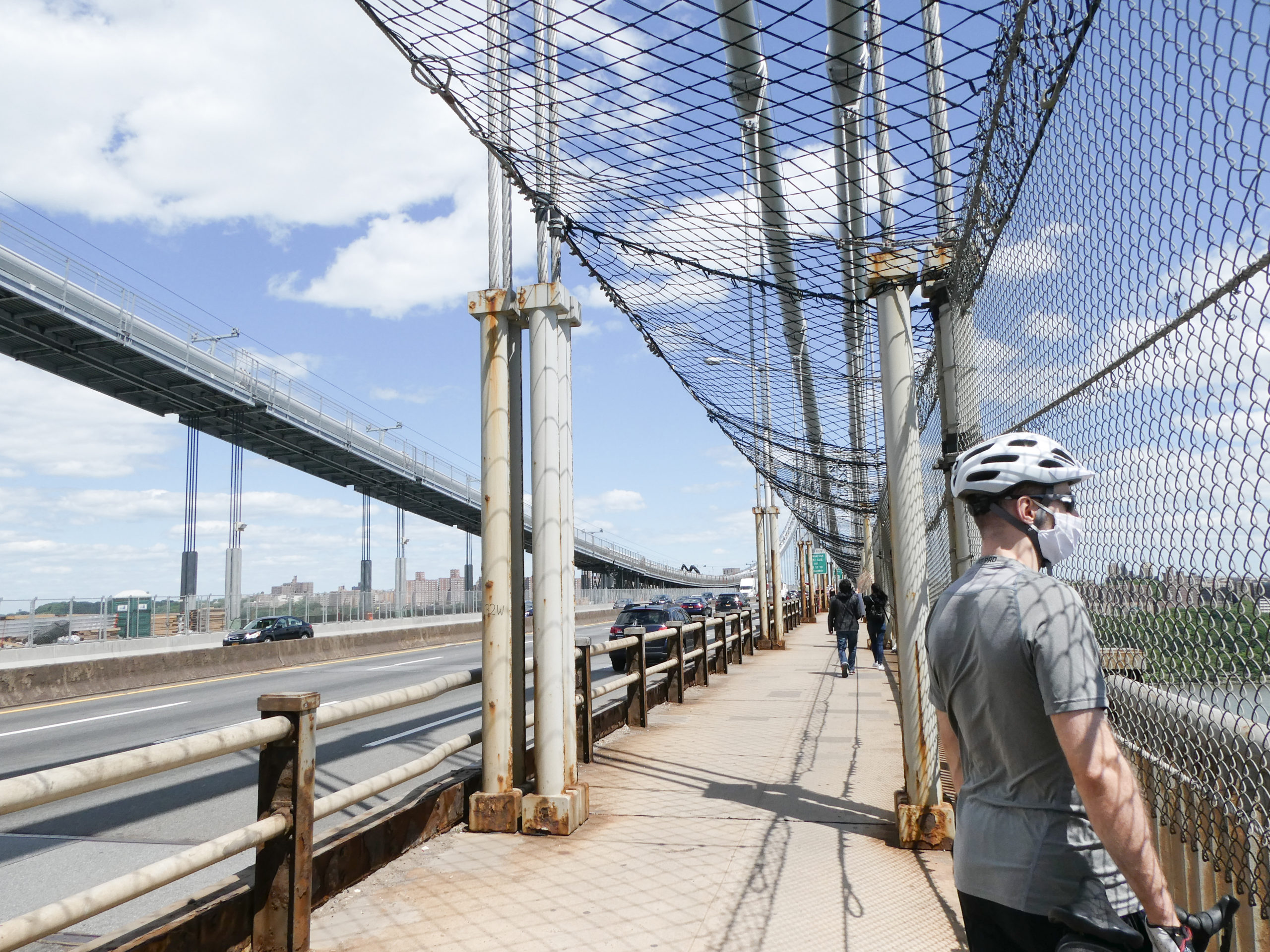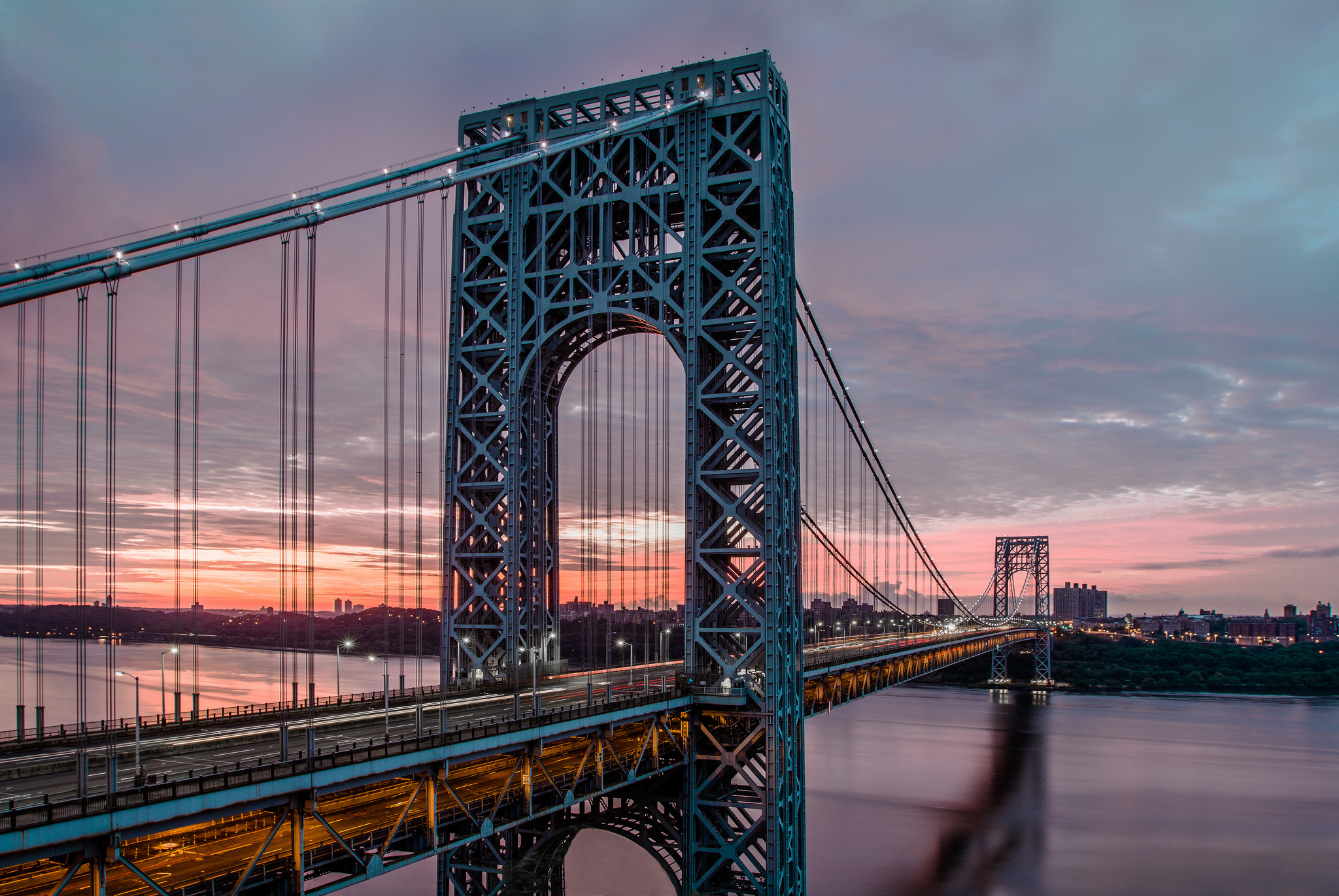Read this article to find the latest information about How Much Does It Cost To Cross George Washington Bridge, all carefully summarized by us.

How Much Does It Cost to Cross the George Washington Bridge?
As a New Jersey native, I’ve crossed the George Washington Bridge unzcountable times; it’s practically a second home to me. It’s one of the busiest bridges in the world, connecting the bustling metropolis of New York City with the vibrant suburbs of New Jersey. With such a pivotal role in the daily lives of millions, it’s no wonder how much it costs to cross is a frequent question among commuters.
In this comprehensive guide, we’ll dive into the intricacies of George Washington Bridge tolls, exploring the various rates for different vehicles and payment options. We’ll also delve into the bridge’s history, fascinating facts, and future plans. So, buckle up and get ready for a toll-tastic journey!
Crossing Costs
The George Washington Bridge operates on a cashless tolling system, implemented in 2017 to enhance traffic flow and reduce congestion. Tolls can be paid via E-ZPass, the electronic toll collection system, or by mail using the Pay-by-Mail system.
Here’s a breakdown of the current toll rates for different vehicle types:
- E-ZPass: $15.00 during peak hours (6 am–9 am and 4 pm–7 pm) and $12.00 during off-peak hours
- Pay-by-Mail: $16.00 during peak hours and $13.00 during off-peak hours
- Buses: $13.00
- Trucks with 2 axles: $22.00
- Trucks with 3 axles: $31.00
- Trucks with 4 or more axles: $38.00
It’s important to note that there are additional fees for non-E-ZPass users. For Pay-by-Mail, a $3.00 surcharge applies, and drivers have up to 30 days to mail their payment. After that, late fees and penalties may accumulate.
Historical Context
The George Washington Bridge, aptly named after the esteemed first president of the United States, opened its eight majestic lanes to traffic in 1931. Its construction was a monumental feat of engineering, spanning the majestic Hudson River and connecting the bustling boroughs of Manhattan and New Jersey. At the time of its opening, the bridge held the record as the world’s longest suspension bridge.
Throughout its illustrious history, the George Washington Bridge has witnessed countless milestones and transformative events. From the roaring twenties to the digital age, it has been an enduring symbol of progress and connectivity. The bridge has also been a source of inspiration for artists, writers, and filmmakers, capturing the imagination of generations.
Future Developments
The George Washington Bridge is poised for exciting advancements in the years to come. The Port Authority of New York and New Jersey, responsible for the bridge’s operation, has unveiled ambitious plans to enhance its infrastructure and improve the overall commuting experience.
One significant project is the construction of a new bus terminal on the New Jersey side of the bridge, designed to streamline bus operations and reduce congestion. Additionally, plans are underway to upgrade the bridge’s aging electrical systems, ensuring continued reliability and efficiency. These modernization efforts aim to make the George Washington Bridge a beacon of innovation and sustainability for decades to come.
Tips for Crossing the Bridge
To make your George Washington Bridge crossing as smooth as possible, consider these expert tips:
- Utilize E-ZPass: Enrolling in E-ZPass not only saves you money on tolls but also allows you to bypass toll plazas, reducing wait times during peak hours.
- Plan your trip: Avoid peak hours if possible, as traffic congestion can be significant and result in longer crossing times.
- Check for alerts: Stay updated on any bridge closures, maintenance work, or traffic incidents by checking the Port Authority website or social media channels.
- Have your payment ready: If you’re not using E-ZPass, ensure you have the exact toll amount in cash or have registered your license plate for Pay-by-Mail.
- Be patient: The George Washington Bridge is one of the busiest in the world, so some level of congestion is to be expected. Stay calm and courteous, and enjoy the stunning views of the New York skyline.
Remember, these tips are not just recommendations but essential pieces of advice to make your crossing efficient, enjoyable, and safe.
FAQs
Q: Can I walk or bike across the George Washington Bridge?
A: Unfortunately, the George Washington Bridge is not open to pedestrians or cyclists. However, there are designated pedestrian and bike lanes on the nearby George Washington Bridge Bus Station.
Q: What are the peak and off-peak hours?
A: Peak hours are defined as Monday through Friday from 6 am–9 am and 4 pm–7 pm. All other times are considered off-peak hours.
Q: Is there a discount for frequent E-ZPass users?
A: Yes, E-ZPass offers a frequent user discount program called E-ZPass Rewards. By making 20 or more crossings in a calendar month, you can earn a 5% discount on future tolls.
Conclusion
There you have it, folks! Crossing the iconic George Washington Bridge comes with a cost, but it’s a small price to pay for the convenience and connectivity it provides. Whether you’re a daily commuter or an occasional visitor, understanding the toll rates, payment options, and bridge etiquette will make your crossing experience seamless.
So, next time you’re crossing the mighty George Washington Bridge, remember the tips and advice shared in this article. And hey, if you found this information helpful, share it with your fellow commuters. Knowledge is power, and when it comes to navigating the George Washington Bridge, the more informed you are, the smoother your journey will be. Happy crossings!

Image: pics.alphacoders.com
You have read an article about How Much Does It Cost To Cross George Washington Bridge. We express our gratitude for your visit, and we hope this article is beneficial for you.